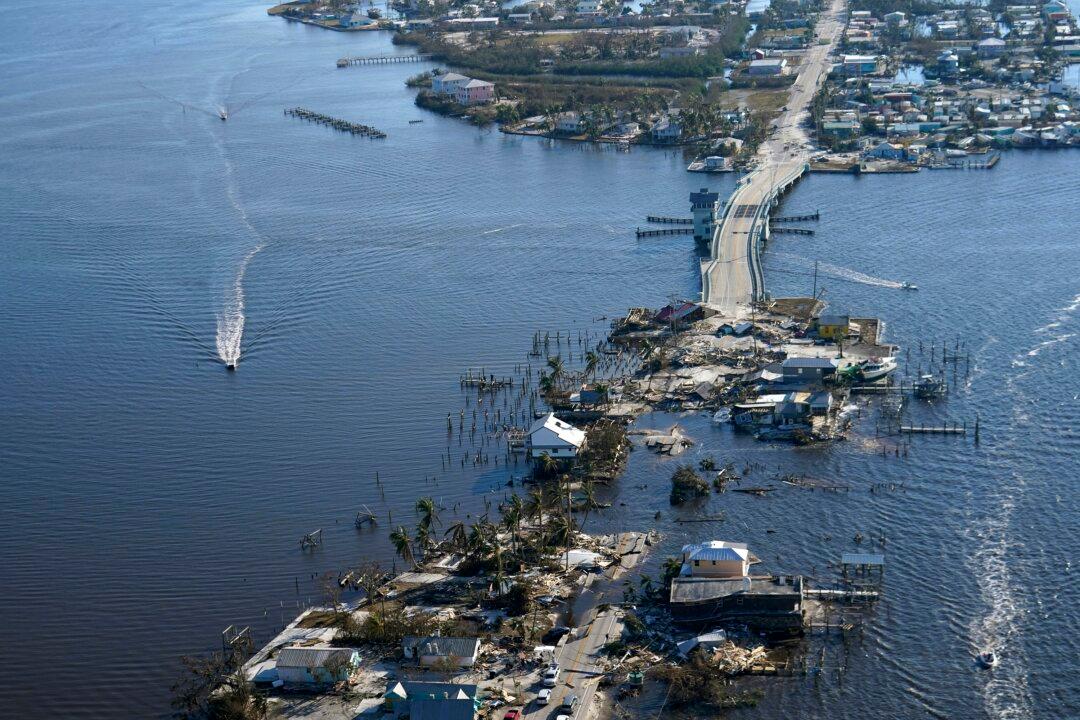ST. PETERSBURG, Fla.—Hurricane Ian briefly reached maximum Category 5 status before weakening to a Category 4 storm as it blasted ashore last September in southwest Florida, eventually causing over $112 billion in damage in the U.S. and more than 150 deaths directly or indirectly, the National Oceanic and Atmospheric Administration (NOAA) reported.
The report, which NOAA releases on April 3 for all major tropical storms, also says Ian was the costliest hurricane in Florida history and the third-costliest ever in the U.S. as a whole. In addition to Florida, Ian impacted Georgia, Virginia, the Carolinas and Cuba before it fell apart Oct. 1.





